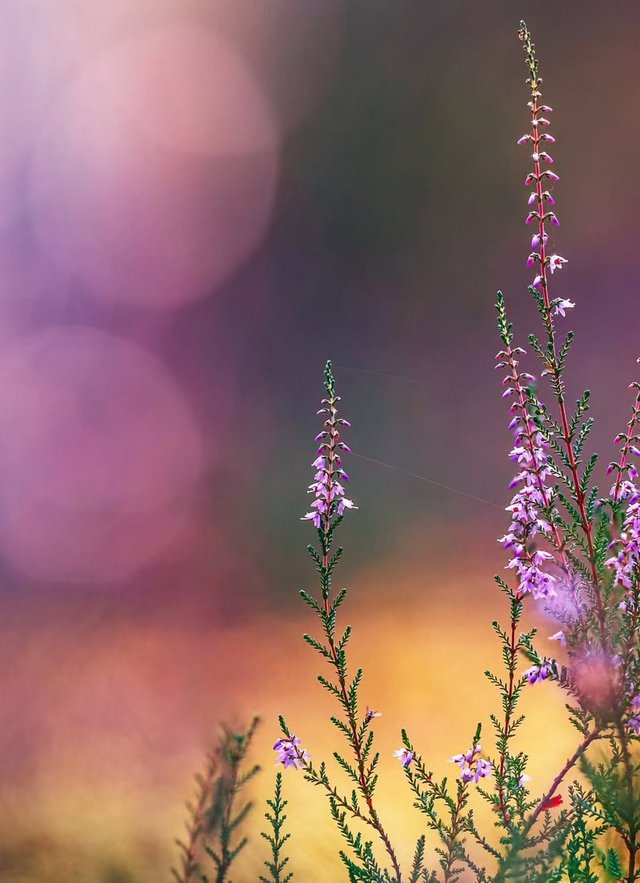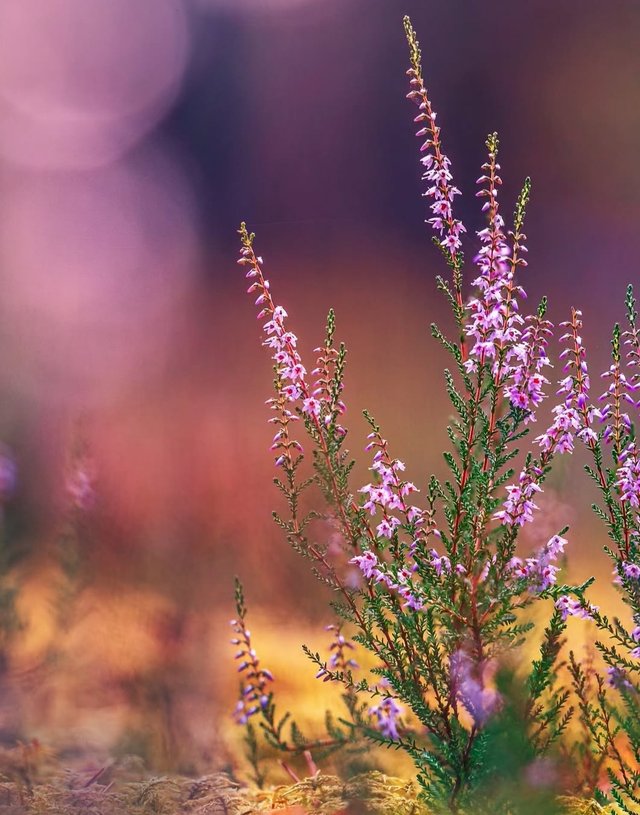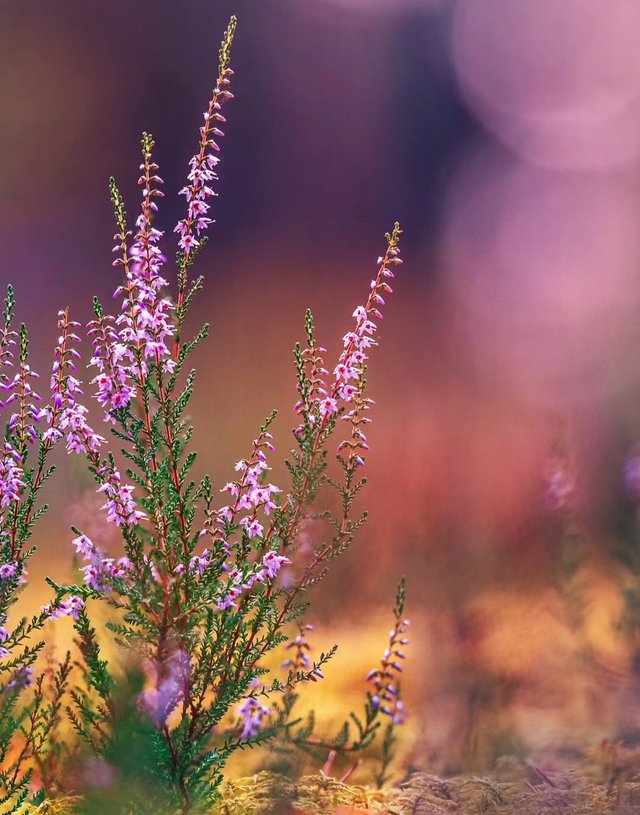So Beautiful Calluna Flower
Calluna – The Resilient Beauty of the Heather Family
Calluna, commonly known as heather or ling, is a small, evergreen shrub that brings vibrant color and texture to moorlands, gardens, and wild landscapes. Belonging to the family Ericaceae, this hardy plant is native to Europe, particularly abundant across Scotland, Ireland, Scandinavia, and parts of western Asia. Its scientific name, Calluna vulgaris, comes from the Greek word kallunein, meaning “to sweep,” a reference to its historical use in making brooms. Despite its modest size, Calluna has long captured human imagination and affection for its endurance, subtle fragrance, and delicate beauty.
Appearance and Characteristics
Calluna is a low-growing shrub that rarely exceeds 60 centimeters in height. It forms dense, bushy mats covered in small, scale-like leaves that remain green throughout the year. The foliage may change hues with the seasons, ranging from bright green in spring to bronze or reddish tones in winter.
The flowers are one of its most striking features. Tiny, bell-shaped blooms appear in clusters along slender spikes from late summer into autumn. Their colors span shades of pink, purple, lavender, white, and occasionally red, depending on the variety. Despite their delicate size, these flowers create breathtaking sweeps of color across heathlands and moors, especially in late summer when large expanses of Calluna turn entire hillsides into purple carpets.
Habitat and Growing Conditions
Calluna thrives in acidic, sandy, and well-drained soils, often where other plants struggle to survive. It is a characteristic plant of heaths, moorlands, and bogs, thriving in poor soils that are low in nutrients. Its adaptability allows it to withstand cold climates, harsh winds, and even light grazing.
In gardens, Calluna is an excellent choice for rock gardens, borders, or naturalized areas. It pairs beautifully with other acid-loving plants like Rhododendron, Azalea, or Vaccinium. Gardeners prize it not only for its flowers but also for its year-round foliage and ability to attract pollinators.
Ecological Importance
Calluna plays a vital role in its native ecosystems. It provides nectar for bees, butterflies, and other pollinators well into autumn when many other flowers have faded. Heather honey, produced by bees that forage on Calluna, is highly valued for its unique flavor and rich amber color.
Additionally, Calluna serves as shelter and nesting material for various birds and small mammals. Its dense growth helps protect the soil from erosion and provides stability to fragile moorland environments.




%20(10).jpeg)